How I survived having a newborn with a high-energy dog
It’s a lot to juggle, but it can be done. Here’s my advice for keeping baby, dog – and you! – happy and healthy
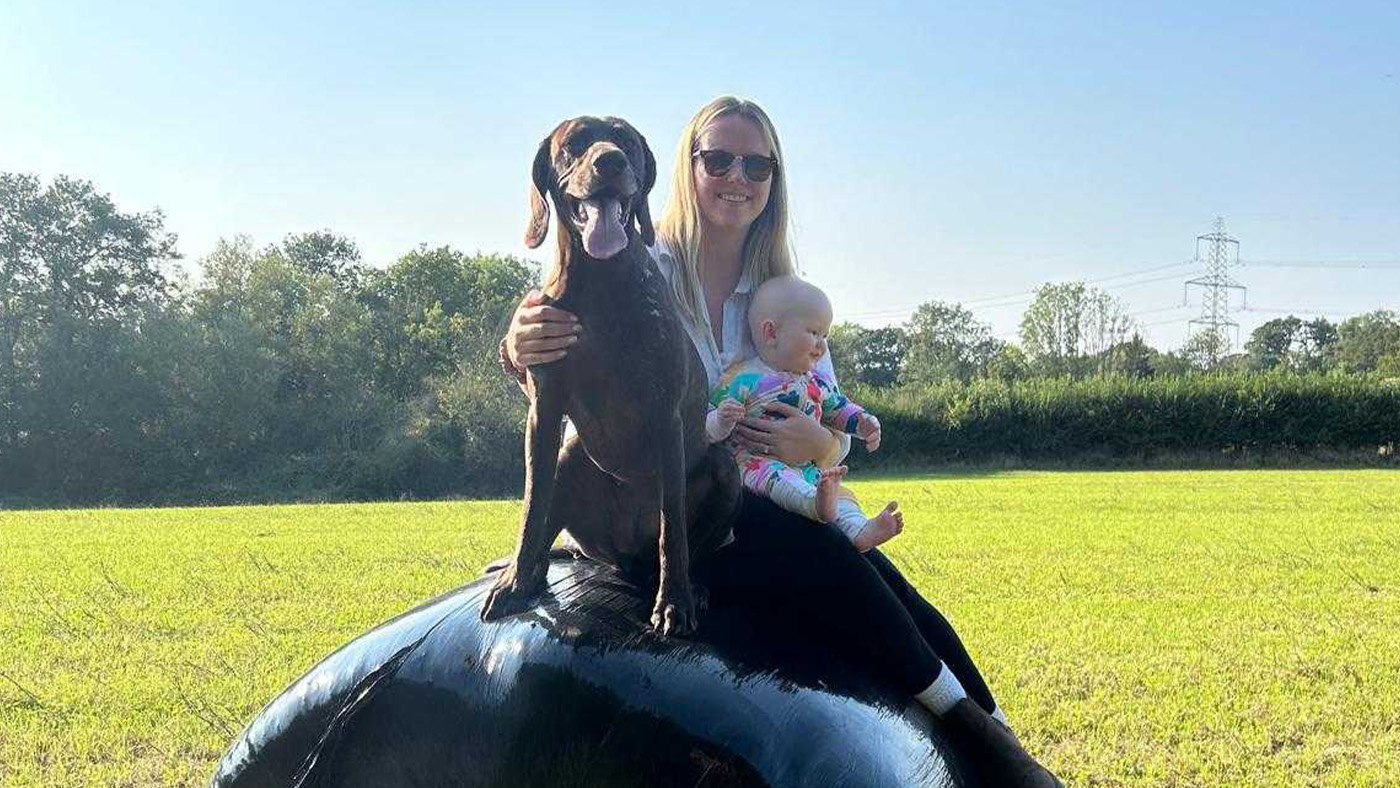
Having a newborn is stressful enough, but throw a high-energy dog in the mix and you’ll definitely have your hands full. I’ve just spent a year’s maternity leave with my six-year-old German Shorthaired Pointer called Maple, who has endless energy. Here’s how I survived it and came out the other side.
1. Get the training sorted in advance
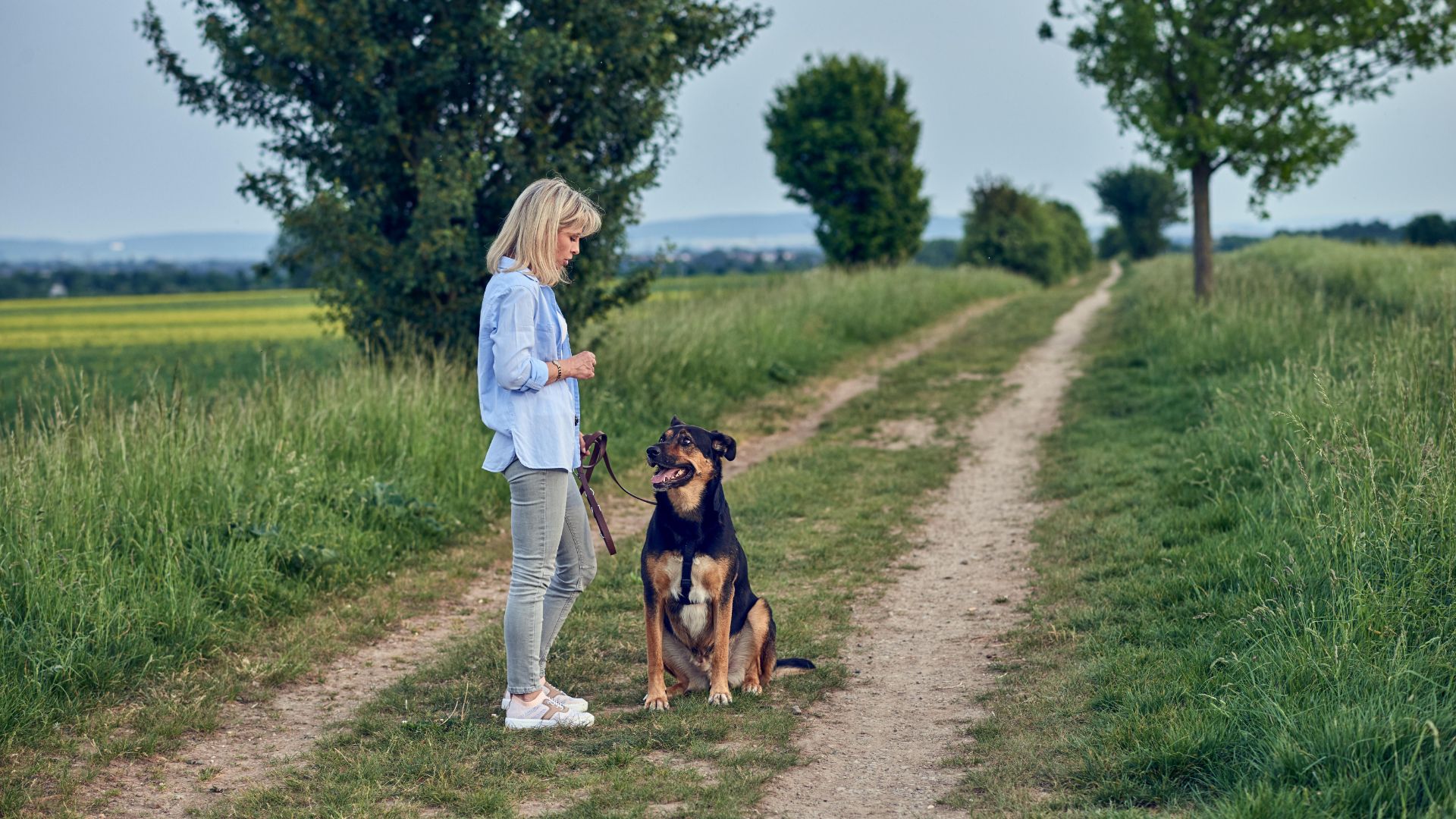
We’re all guilty of having that one thing that slips in training, but try to get it sorted well ahead of your baby’s arrival. When you’re looking after a newborn, you’ll have little time for training, so think about what you want to improve on.
For me, it was loose-leash walking – I had visions of being pulled along, pram and all, and ending up in the hedge. So, squeezy cheese in hand, I made sure that every time we went for a walk we practiced good behavior on the lead.
It took a while – and it’s still not perfect – but we were in a much better position when it came to dog walks with a buggy (and we didn’t end up in any hedges).
2. Desensitise your dog before baby arrives
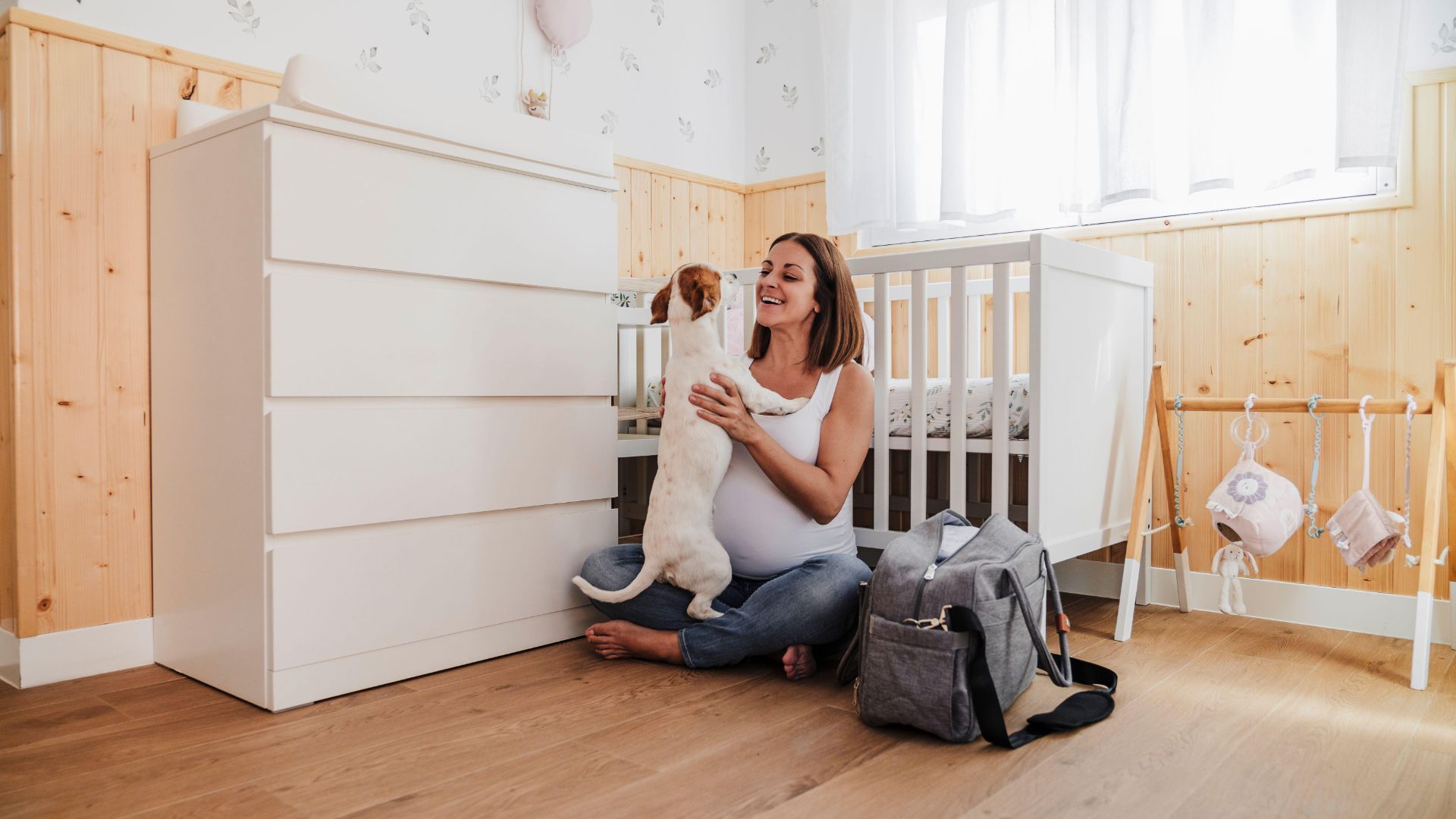
In a similar vein, there’s lots you can do to get your dog used to the idea of a baby well before you come home from the hospital. Playing baby crying sounds quietly, gradually increasing the volume, will help your dog be prepared for the real deal.
I also spent time in the baby’s nursery with my dog, encouraging her to lie quietly while we were in there, so she understood it was a room to be calm in rather than a room for play. And it goes without saying to make sure your dog knows they’re not allowed in the crib!
3. Find ways to keep them separate – but not left out
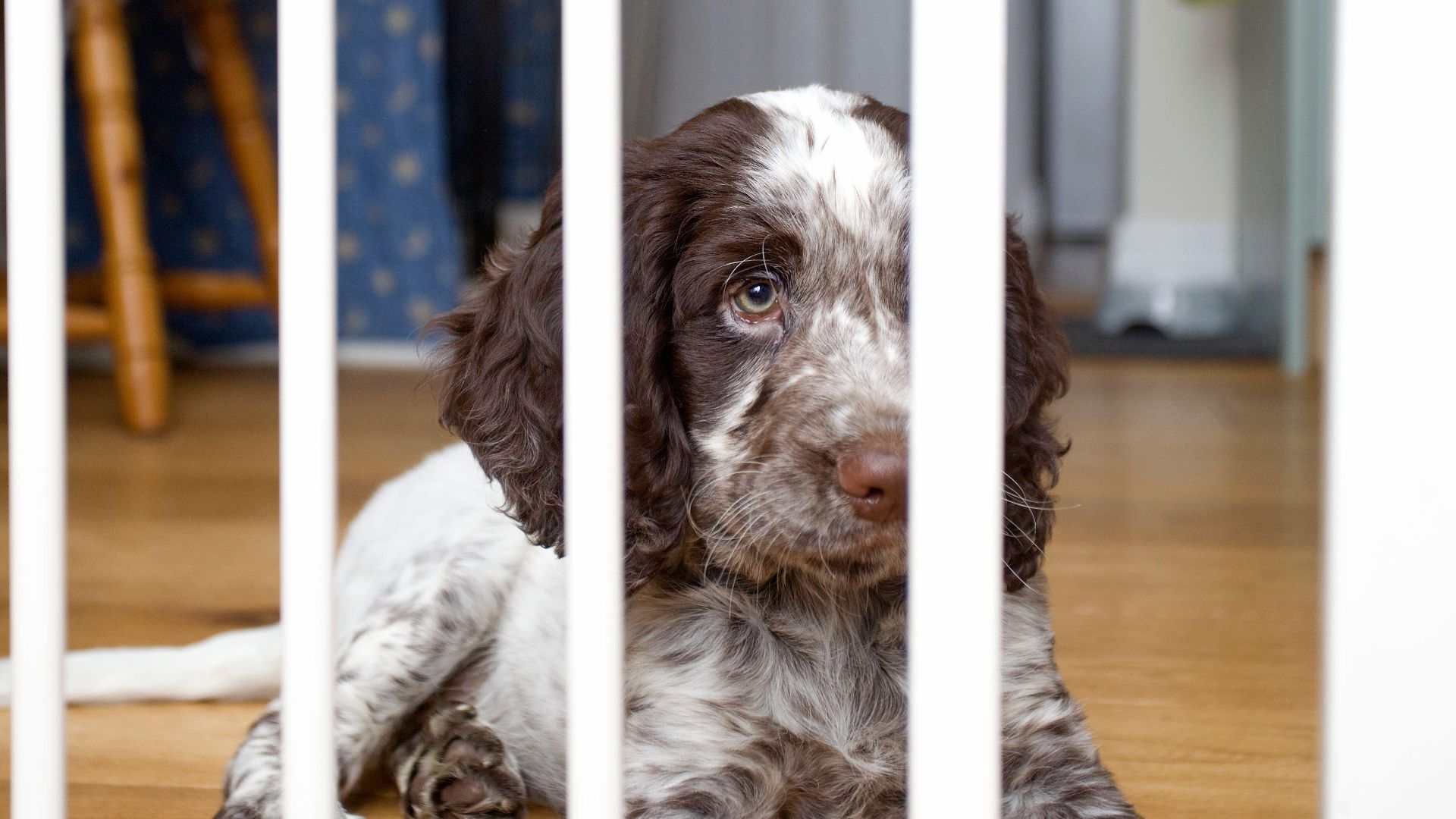
It goes without saying that safety comes first, so make sure you have systems in place to keep your baby and dog separate when needed. This doesn’t mean your dog has to be kept shut in another room – the best dog playpens are a great way to allow your baby to play safely without worrying about being bowled over by your dog.
Get the best advice, tips and top tech for your beloved Pets
Baby gates are also a useful tool to keep your dog out of the room while still being able to see you – we found the retractable mesh-type ones (like this one on Amazon) the best fit for our home.
As loving as your dog might be, remember to never leave them unattended with your baby, even if it’s just for a few seconds. Babies are just as unpredictable as dogs, and it’s not fair on your dog to put them in situations where they may be poked and prodded, causing them to feel threatened, as you never know how they might react.
4. Incorporate walks into nap time
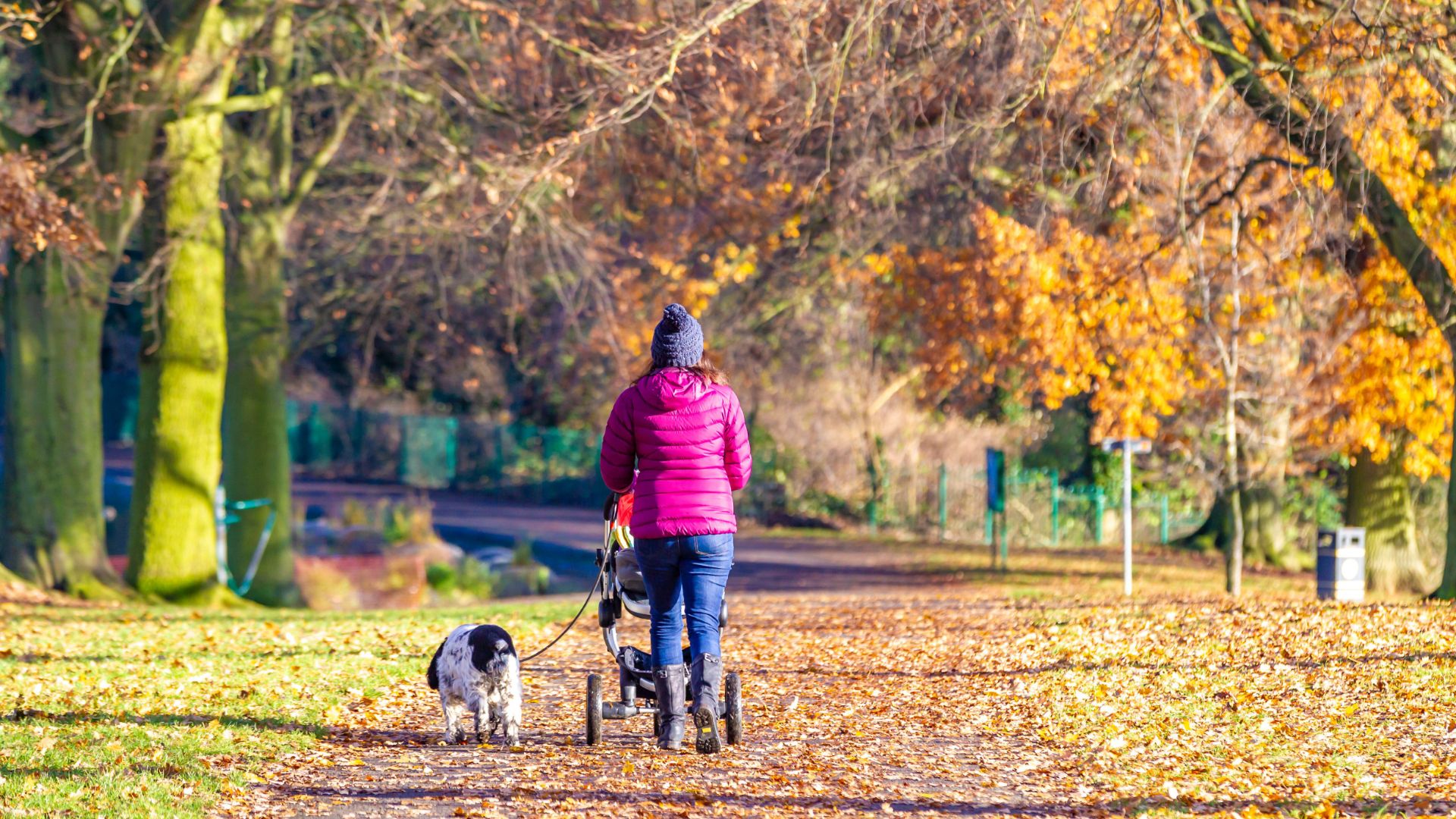
One trick I found really useful was to use walks as my son’s nap time. If I knew that Maple needed a long walk, I’d get my son all nice and comfy in the buggy and set off. He’d soon doze off and I could walk for hours while he slept. Happy baby and happy dog!
5. Remember that stimulation doesn’t have to be physical
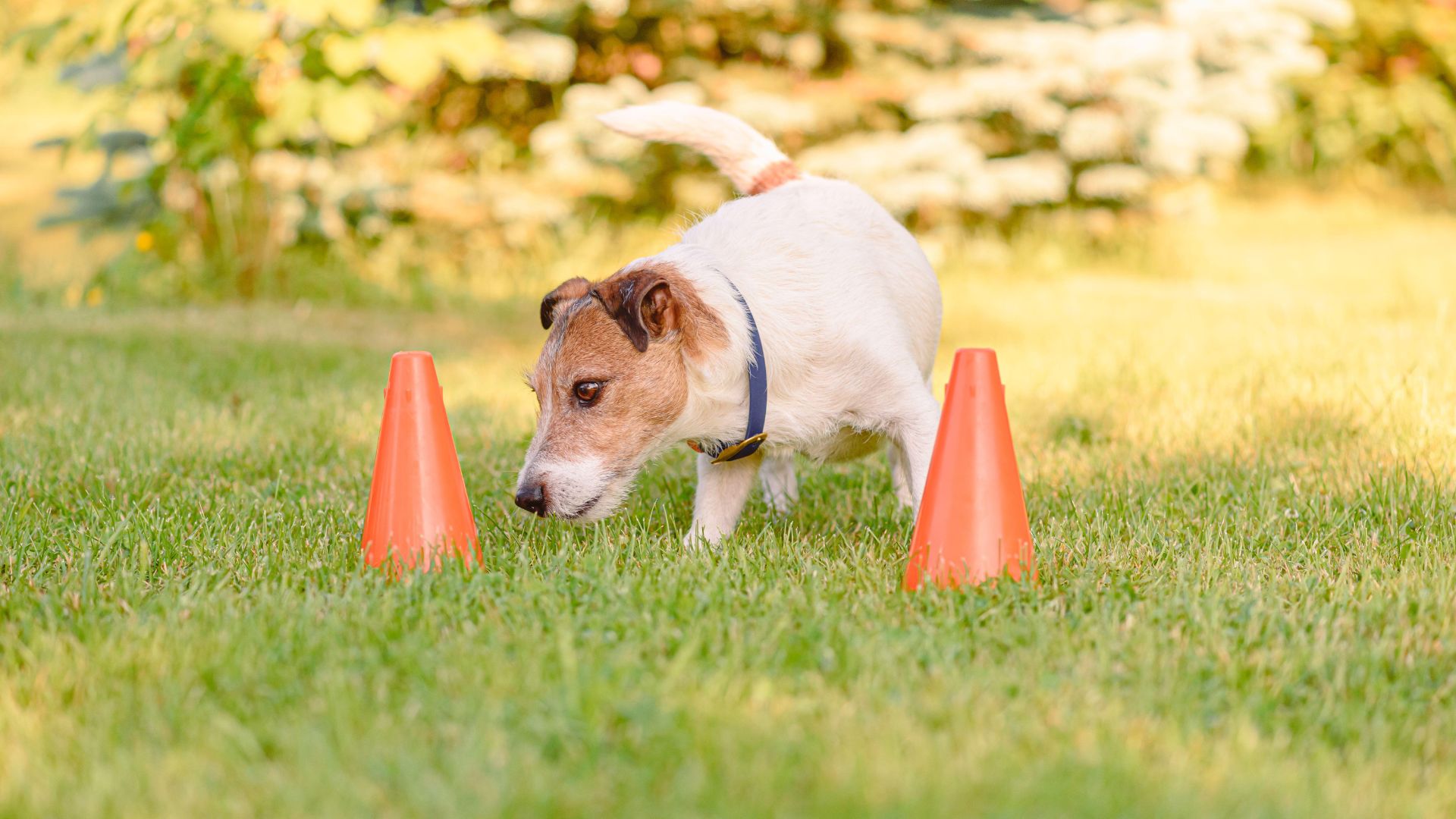
Dogs get plenty of stimulation from using their brain, too. I found setting up some simple scentwork exercises with my dog’s kibble or having a fun training session in the garden was a great way to get rid of any excess energy and encourage her to use her brain.
This was also ideal to have some one-on-one time with Maple while Arthur napped, which kept her training up to scratch and allowed me to give her plenty of love and attention.
You can get creative with dog treats to work their brain, too. Stuff a Kong toy with kibble and dog-friendly peanut butter and stick it in the freezer before giving it to your dog – it will keep them entertained for a good while as they lick away at the treats inside.
6. Find new places to walk and explore
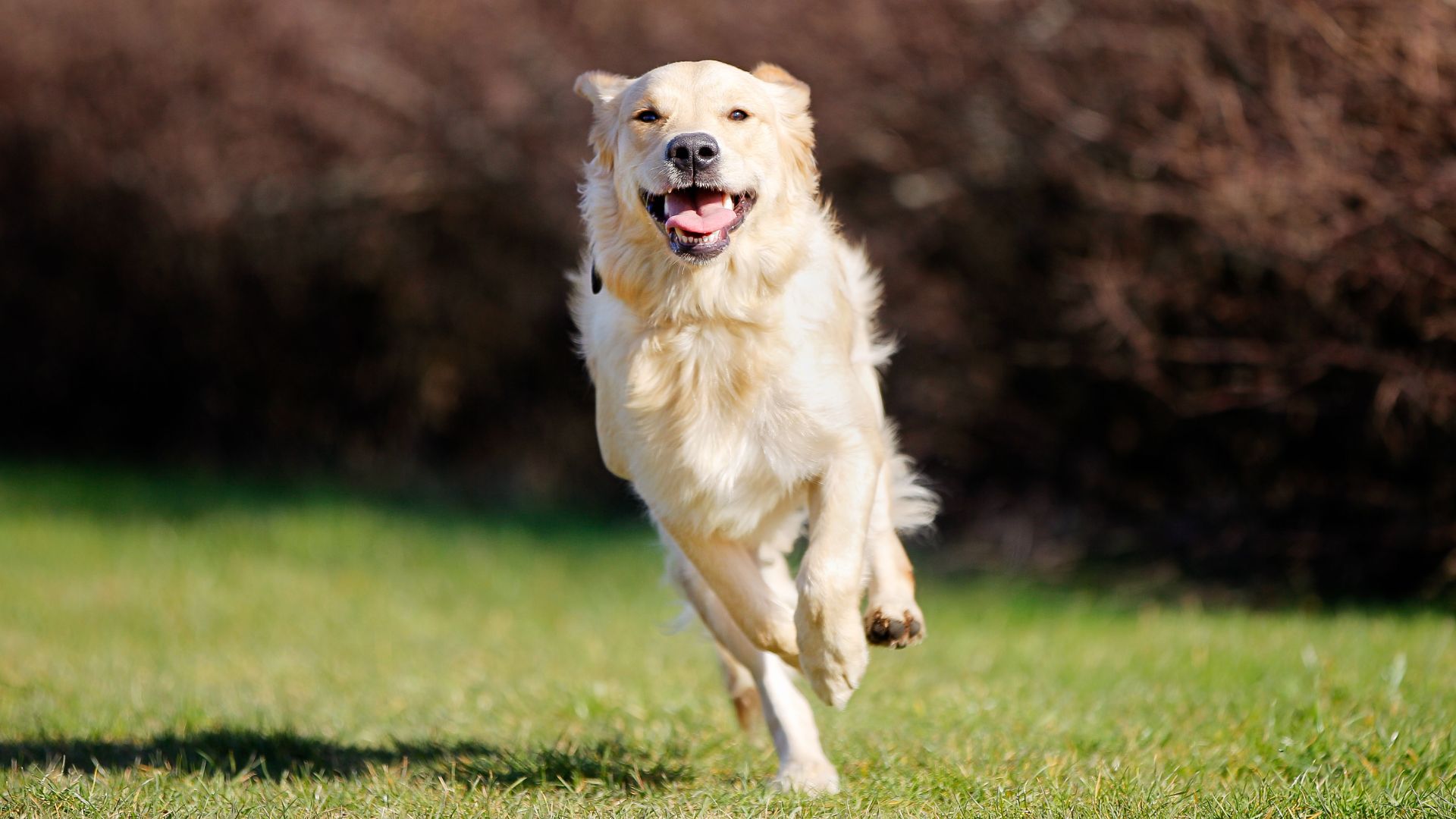
Getting outside every day was vital to me during maternity leave, but doing the same walking loops around the village quickly got old. I downloaded the OS Map app to my phone, which shows all footpaths, bridleways and green lanes, as well as parking, and discovered amazing walking routes nearby that I never knew about before.
This was great for keeping our walks fresh, and Maple was also so excited to explore new places. I also find she tends to behave on walks better when she’s somewhere new, compared to her usual loops where she knows exactly where to find the squirrels!
6. Don’t be afraid to get help if you need it
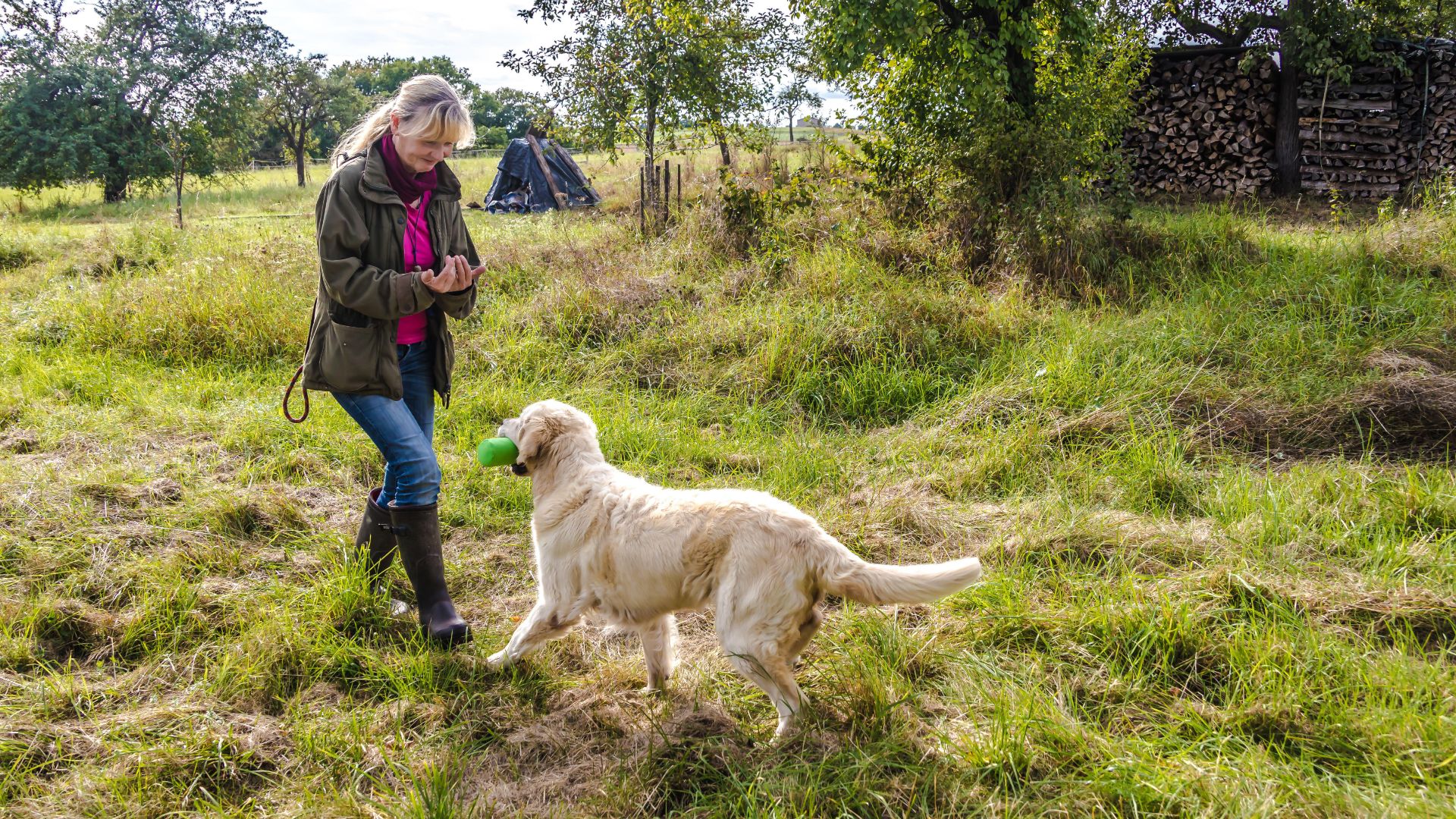
Let’s face it, there’s loads for new mums – and dads – to be worrying about when you’re looking after a newborn. If it’s all getting a bit much, it might be worth finding a professional dog walker to help you out a few days a week. That way, it’s one less thing on your plate and you know your dog will be having a great time for a couple of hours while you can focus on other things.
Likewise, if there are certain aspects in training that you’re worried about and are struggling to find the time to solve, a few sessions with a trainer can make all the difference. Look for a trainer who has experience with your breed of dog to ensure the advice is as specific as possible.
Read next: 12 things you should know about having a baby when you’ve already got a dog
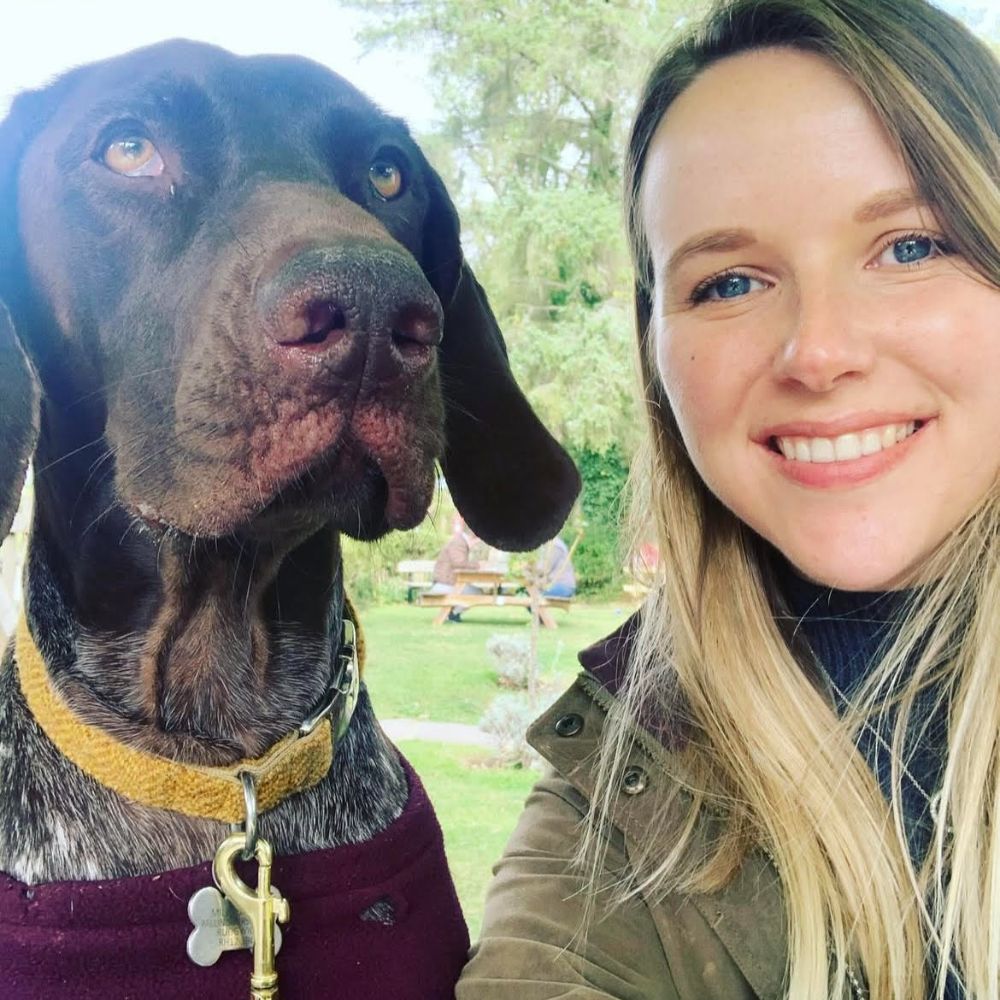
Victoria Jones is a freelance writer at PetsRadar. She has a decade of experience working on equestrian and countryside magazines – including on PetsRadar's sister title Horse & Hound for five years. She has done a variety of different jobs over the years, including sub-editing, writing, video editing and marketing.
Victoria is currently dog mum to Maple, a six-year-old German Shorthaired Pointer with endless energy. She also helps to look after her husband's marine fish tank, with her favourite inhabitants being the two clown fish, Michel and Francois.
She has previously owned cats and horses as well – at one point having a menagerie of two dogs, two cats and two horses, which kept her very busy indeed.
